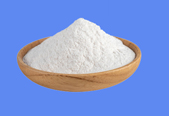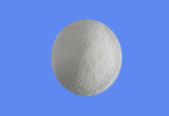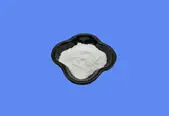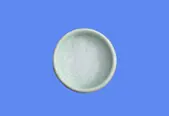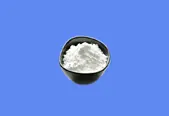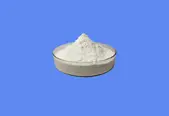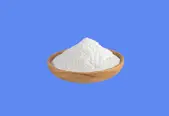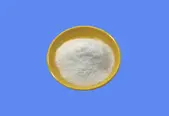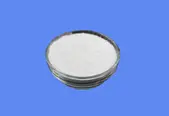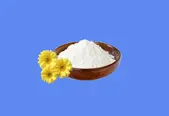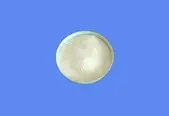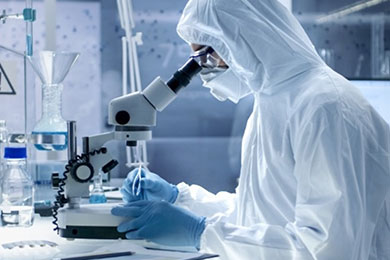
Search

Search

Biological buffers can be used to control high temperature and high pressure, or at room temperature and normal pressure, gas or liquid escape of the solid combination, it can be solid or liquid. The buffer in chemical engineering is often referred to as acid-base stabilizer, generally salts, such as strong acids and weak alkalis or weak acids and alkali salts, in the reaction or preservation gradually release the acid or alkali in the salt to maintain a stable acid-base value.
When a certain amount of acid and alkali is added to certain solutions, it has the effect of blocking the change of pH of the solution, called buffering action, such a solution is called buffering solution. A mixture of weak acids and their salts (e.g. HAc and NaAc), a mixture of weak alkalis and their salts (e.g. NH3. H2O and NH4Cl) are buffer solutions. The buffer solution consisting of the weak acid HA and its salt NaA cushions the acid due to the presence of sufficient amount of alkali A-in the solution. When a certain amount of strong acid is added to this solution, H ions are basically consumed by A-ions: so the pH of the solution is almost constant, and when a certain amount of strong alkali is added, the weak acid HA present in the solution consumes OH-ions and hinders the change of pH.
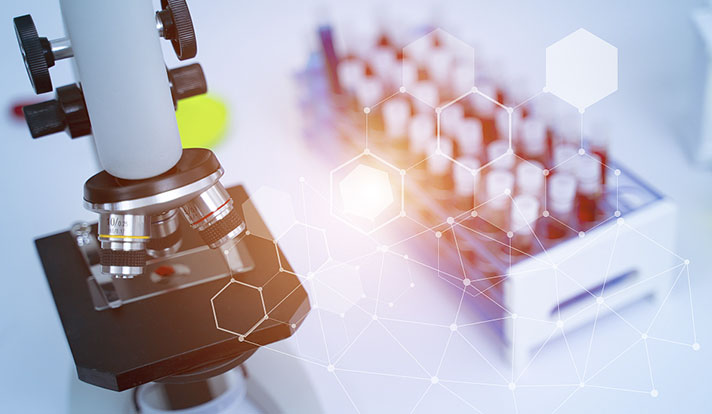
Taking the buffer selected during protein preparation and purification as an example, the following factors should be taken into account when designing buffers: pH, buffer system, salt ions, reducing agents and stabilizers. Each of these factors should be optimized according to your protein, and the activity of the protein as an optimized evaluation criterion.
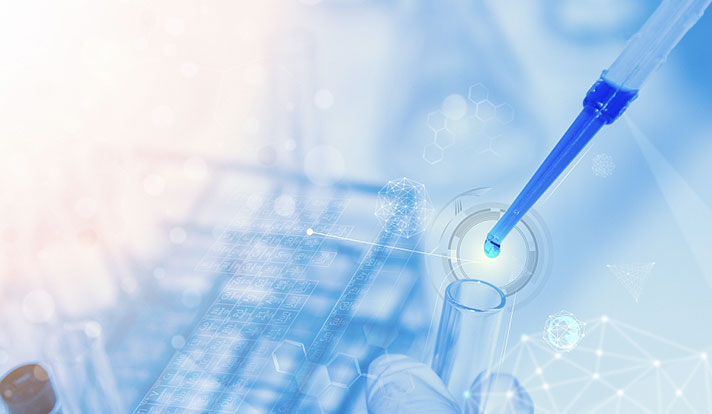
Take CAPS, a biological buffer, for example.
1. There is good solubility in the aqueous solution, the solution is colorless and transparent;
2. Chemically stable, non-toxic to organisms and no obvious permeability of biofilms;
3. The acid-base dissociation constant (pKa value) is stable, generally at 6-8, the ability to release protons is stable, and the influence of ion concentration, solution composition and temperature is less;
4. Not a metabolite, activator or inhibitor of a chemical reaction series, nor is it the substrate of an enzyme, i.e. does not react with a variety of enzymes and chemical reagents, and the cells show relatively high vitality when used in tissue culture, virus diagnosis and other tests;
5. In the case of UV waves, which are virtually featureless, there is weak absorption at wavelengths less than 230-240nm, thus not interfering with the usual breadth measurements;
6. No or weak Complexing ability ability for cations.


Fortunachem Provides Not Only Professional Chemical Products But Also Professional Help
Keeping you up-to-date with all the latest information, news, and events about Fortunachem!

Quick Links
Add:
E-mail:
 English
English  Español
Español  français
français  العربية
العربية 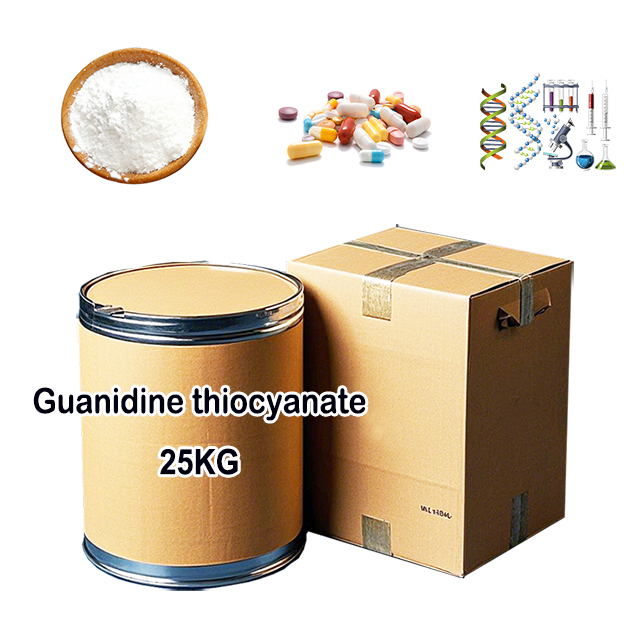
![2-[Tris(hydroxymethyl)methylamino]-1-ethanesulfonic Acid CAS 7365-44-8 2-[Tris(hydroxymethyl)methylamino]-1-ethanesulfonic Acid CAS 7365-44-8](/uploads/image/20211203/17/2-trishydroxymethylmethylamino-ethanesulfonic-acid2.jpg)
